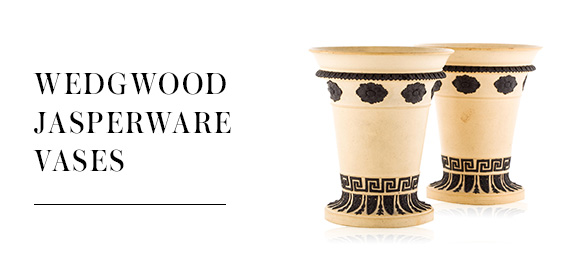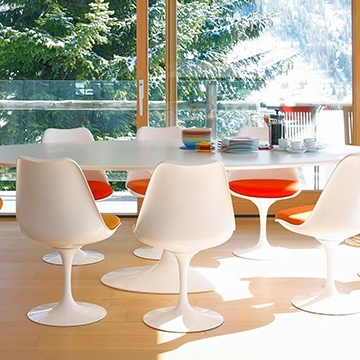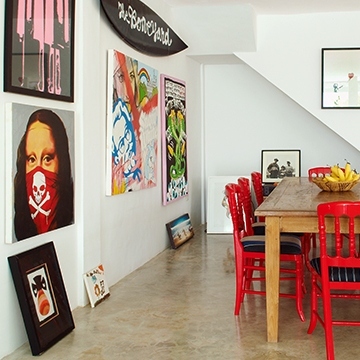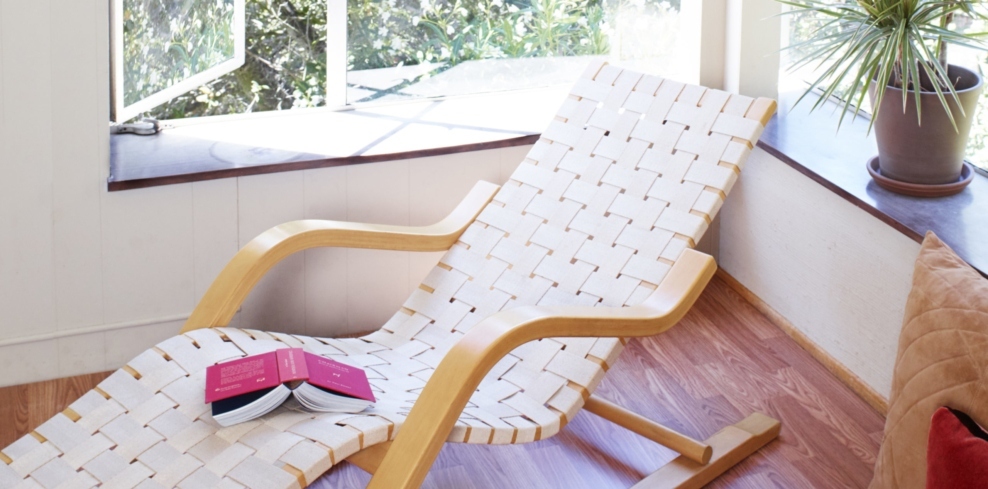
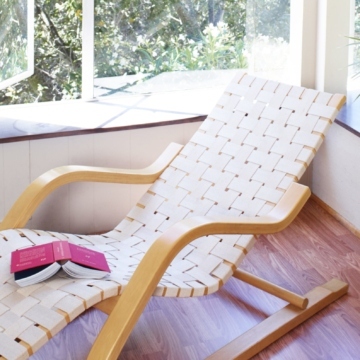
5 Unique Home Pieces You Won’t Find Anywhere else
Disposable furnishings certainly fulfill a specific kind of purpose. Conveniently affordable and aesthetically inoffensive, these economical pieces are like a stepping stone into adulthood — but they’re also hopelessly unoriginal and totally ubiquitous. Haphazardly assembled particle board furniture fills the first apartments of many millennials until it’s promptly sent to the landfill when it’s no longer needed or falls apart. Somewhere along the line, perhaps with a steady income and developed personal style, some might crave something more permanent and a bit more out of the ordinary. With that in mind, we’ve rounded up a few of our most special home decor pieces from storied antiques to signature designs, along with insights from our experts.
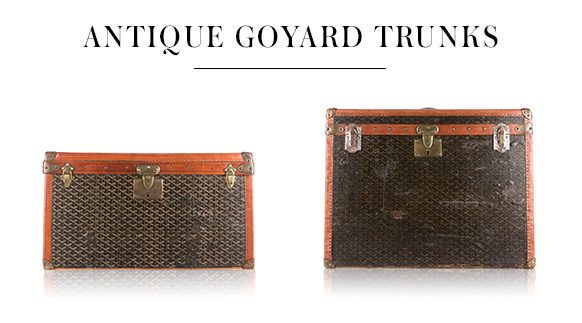 Antique Goyardine Trunk, $6,500; Antique Goyardine Trunk, $7,000
Antique Goyardine Trunk, $6,500; Antique Goyardine Trunk, $7,000
Eschewing marketing, e-commerce and mass production, Goyard has remained one of the most renowned and most under-the-radar luxury brands in existence. With limited production and few brick and mortar locations (the second standalone store in the US was just opened last year), most of us have probably seen a lot more fake Goyard pieces than real ones, which is part of what makes these two pieces so special. The larger trunk features a stamp from John Cattnach, a Manhattan merchant who had several locations in New York throughout his career. Based on the location address included in the stamp, our authentication team was able to date the trunks to the early 20th century, in the range of 1912 to 1916.
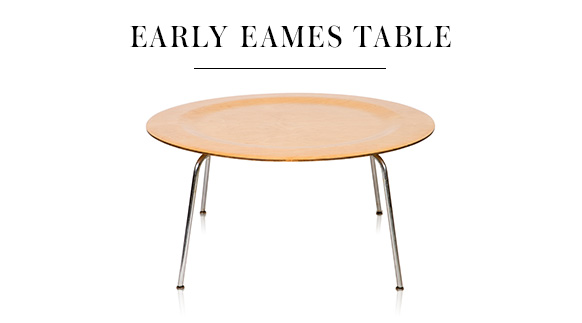 Charles & Ray Eames Molded Plywood Coffee Table, $2,400
Charles & Ray Eames Molded Plywood Coffee Table, $2,400
The previous owner believes the manufacture of this table dates no later than 1952, and our authentication team agrees, citing subtle differences from the current incarnation, suggesting the design’s evolution over time. “It’s not so out of the ordinary aesthetically,” says Senior Fine Art Curator Brittany Gersh, “but it has a great story behind it as it was gifted to the original owner by the Eameses personally and is an early representation of the molded plywood style that’s really iconic to the brand.”
“Based on the stamp we’ve dated these vases from the early 19th century, which to me, is the height of Wedgwood,” says Gersh. Wedgwood revolutionized the way pottery was made, taking it from a small, uncentralized cottage industry to a literal factory. The invention of jasperware made it possible to create consistent reproductions by forgoing glaze, which often created variance in color, and produce relief designs in moulds that could be easily stamped into each piece. “These are from right around the time they were developing this technology and trying to make a name for themselves. Wedgwood was one of the first manufacturers that figured out how to mass produce things.” Newer pieces are now made with electronically controlled mechanisms, which makes these early pieces even more unique.
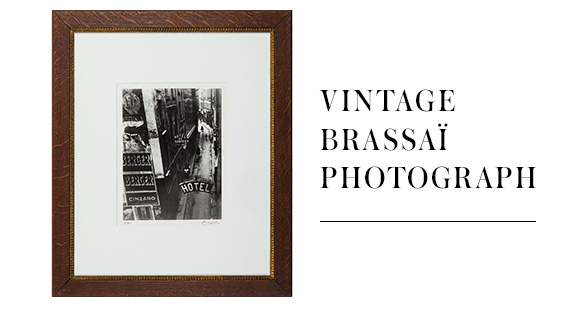 Brassaï, La Rue Quincampoix et les hôtels de passe, 1932, $7,000
Brassaï, La Rue Quincampoix et les hôtels de passe, 1932, $7,000
“This photograph is from a series where Brassaï captured the dark underworld of Paris. It’s from a neighborhood where a lot of prostitutes hung out; kind of a seedy place,” explains Gersh. As an artist intimately associated with City of Lights, this photo is very typical of Brassaï’s work and is also featured in the permanent collection at the Metropolitan Museum of Art in New York. “The consignor didn’t really know what she had; we had originally quoted her $2,000,” says Gersh. “We assumed it would have been printed later because it’s rare that we see a vintage print, but when we opened it up, we realized it was worth a lot more. It was printed in the ‘30s by Brassaï himself so it has all the stamps and copyright info on the back.”
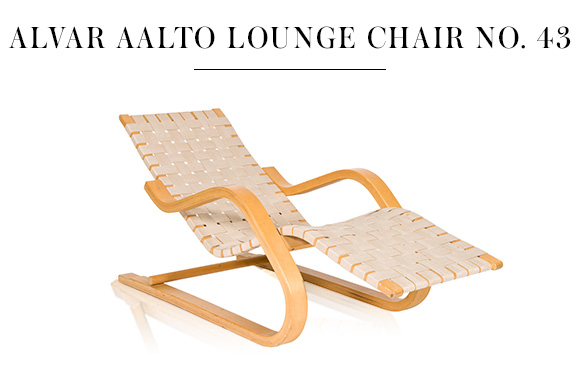 Alvar Aalto Lounge Chair, $4,000
Alvar Aalto Lounge Chair, $4,000
“In true Scandinavian form, Alvar Aalto was strongly influenced by nature,” explains Gersh. “The Savoy vases he’s known for were supposedly modeled off of a tree stump, and he often used very biomorphic, organic shapes.” The designer exclusively used natural materials like the birchwood and linen employed in this piece, and experimented with bending wood, heavily influencing the work of Charles and Ray Eames and Eero Saarinen. Aalto was the first designer to use the cantilever technique with wood, and in this particular chair, the cantilevered base flexes to maximize comfort and minimize tension on pressure points. “Aalto’s work and Scandinavian design overall, was meant to bring dignity to everyday life,” says Gersh. “His famous Paimio chair was designed for use in a sanatorium by people suffering from tuberculosis. He had an idea about design being a means of elevating everyday life and thought that good design could enhance one’s health or well-being.”
Ready to invest in a unique piece? Shop our curated collection of furniture and decor here.


